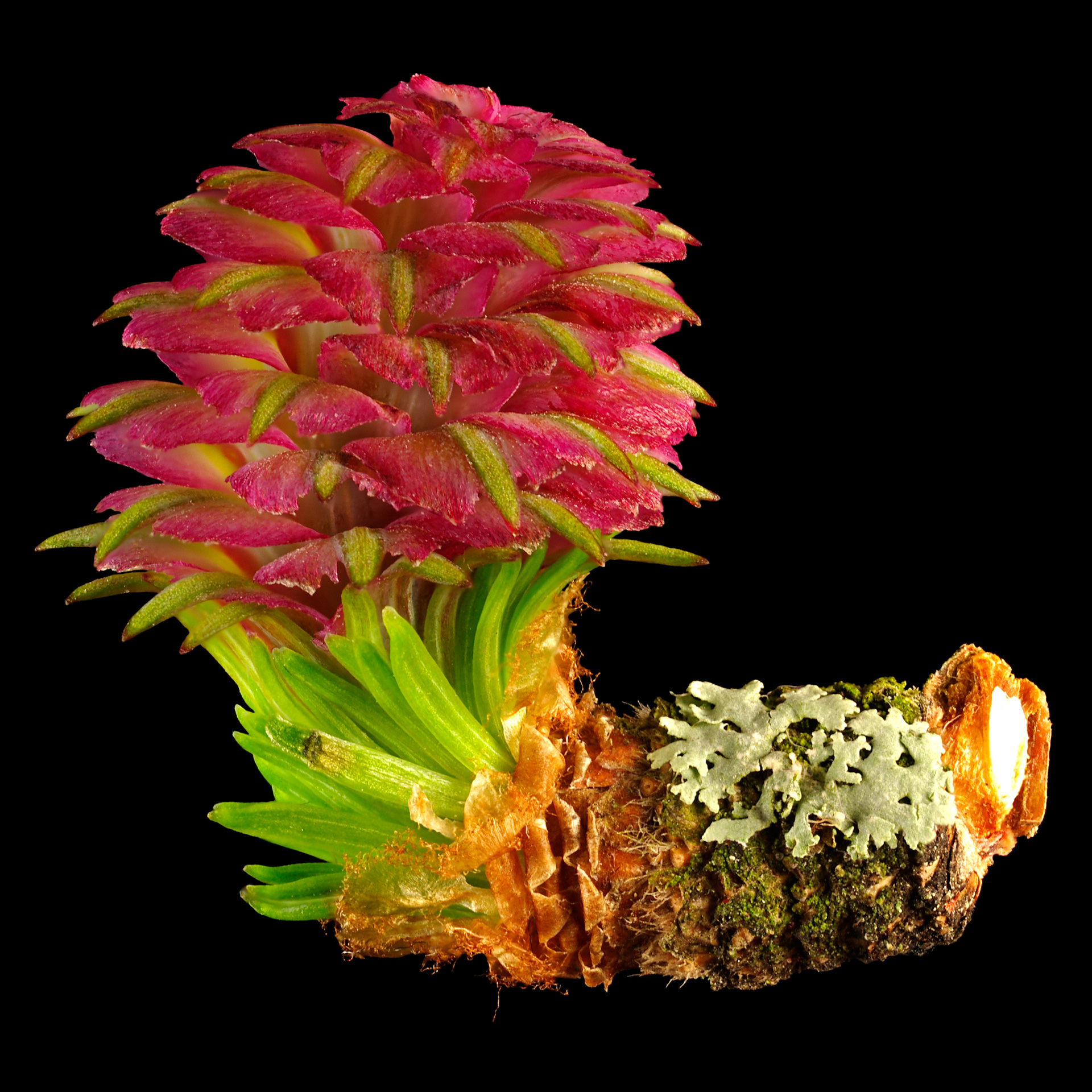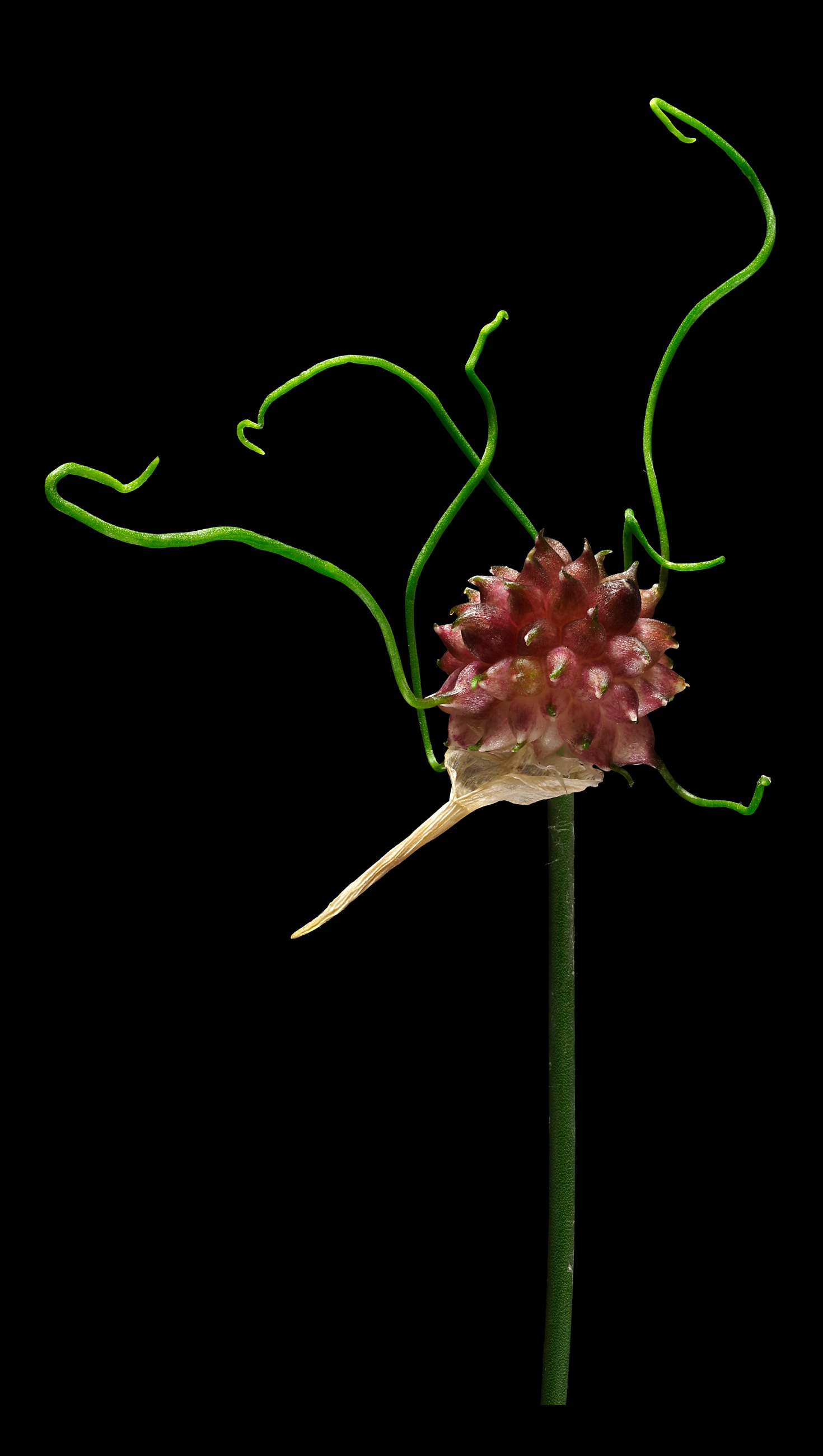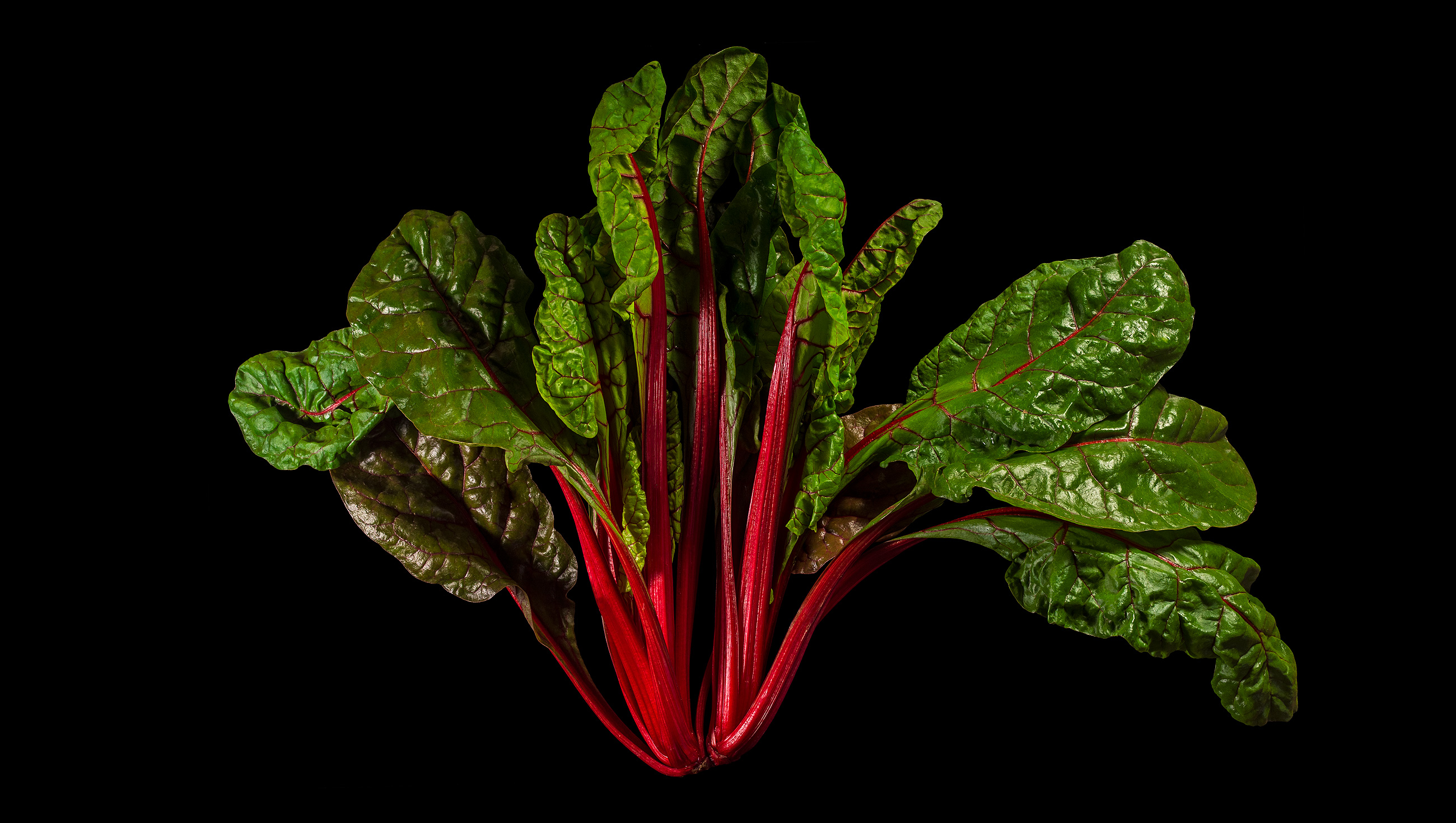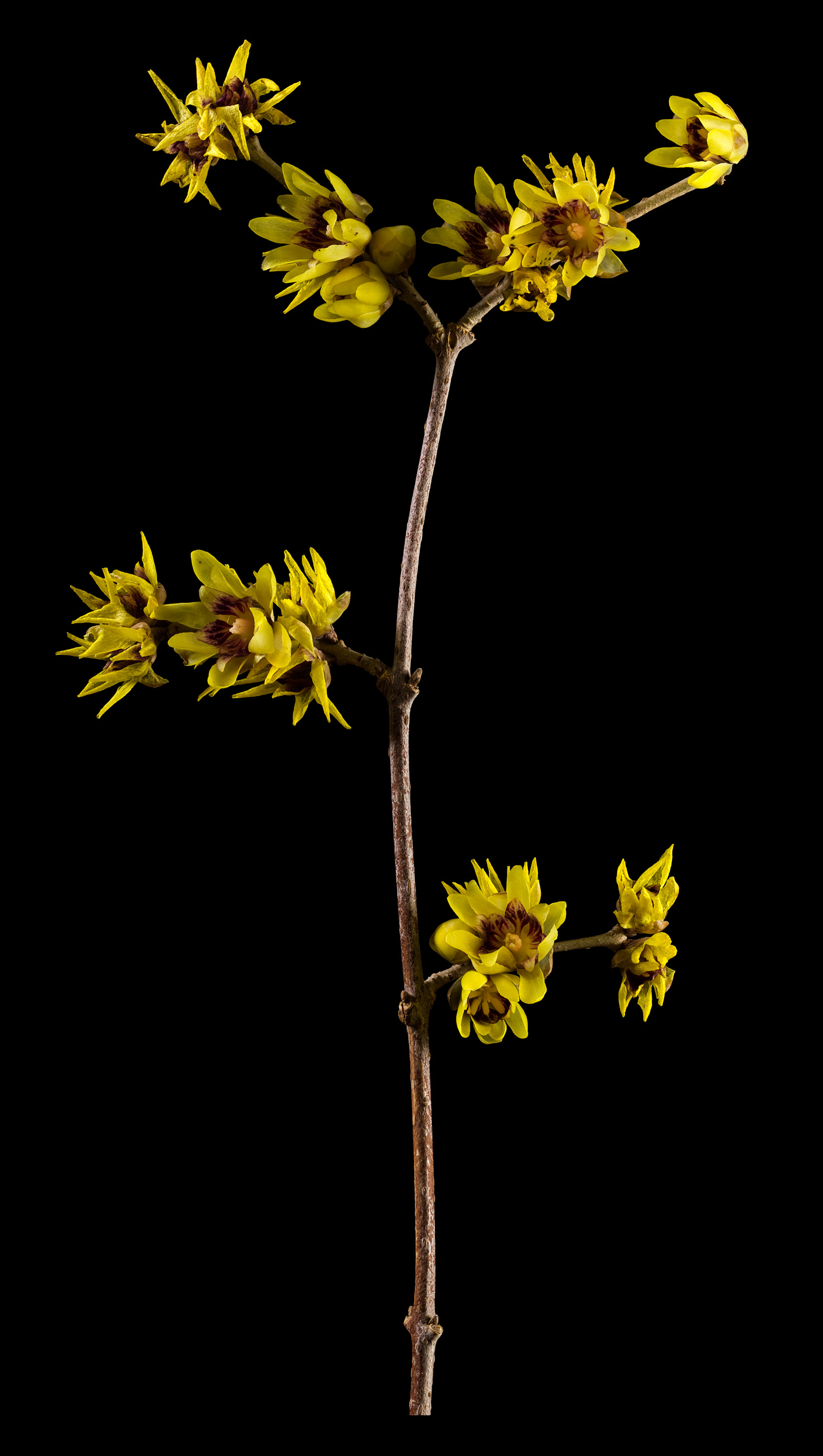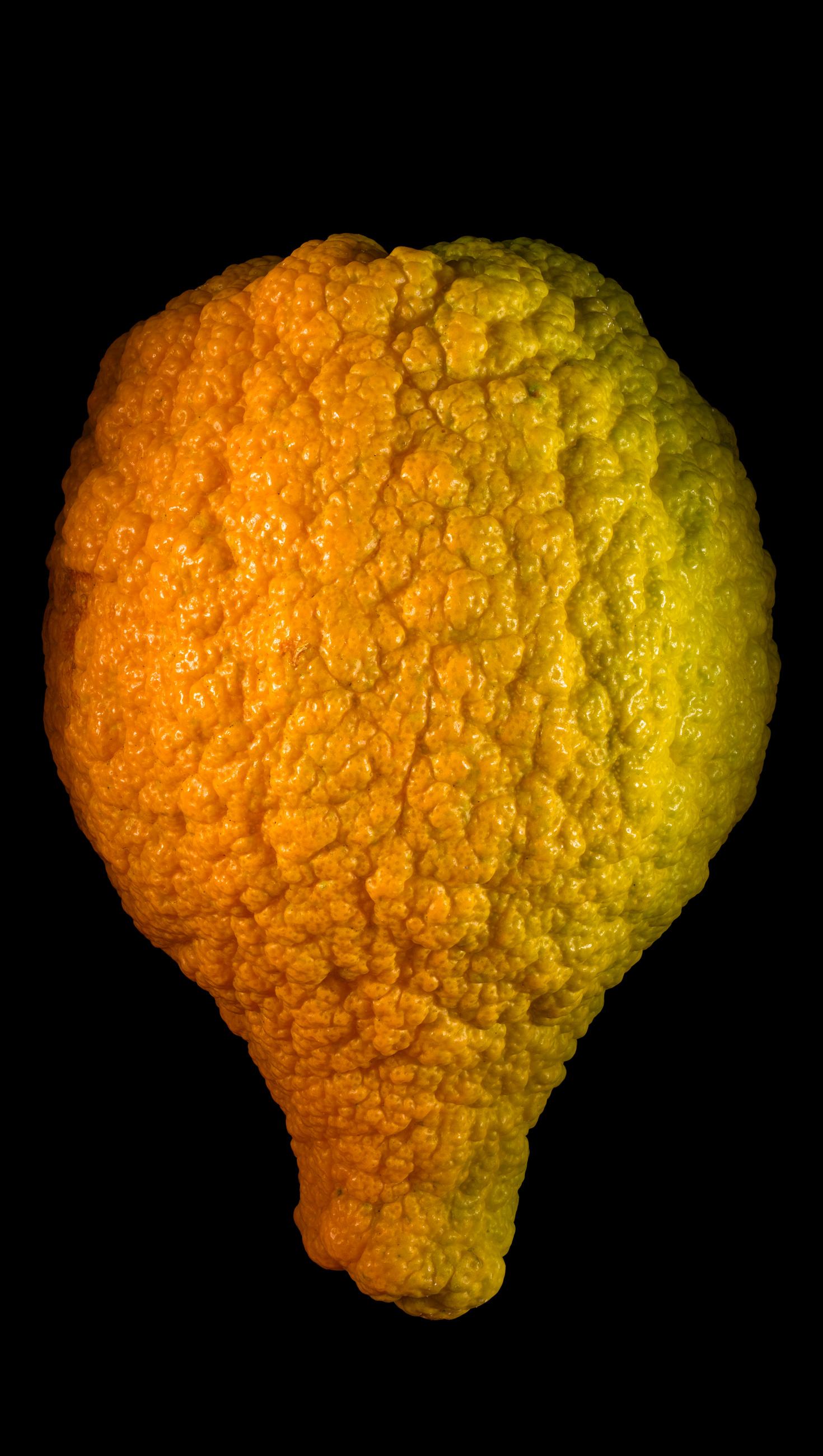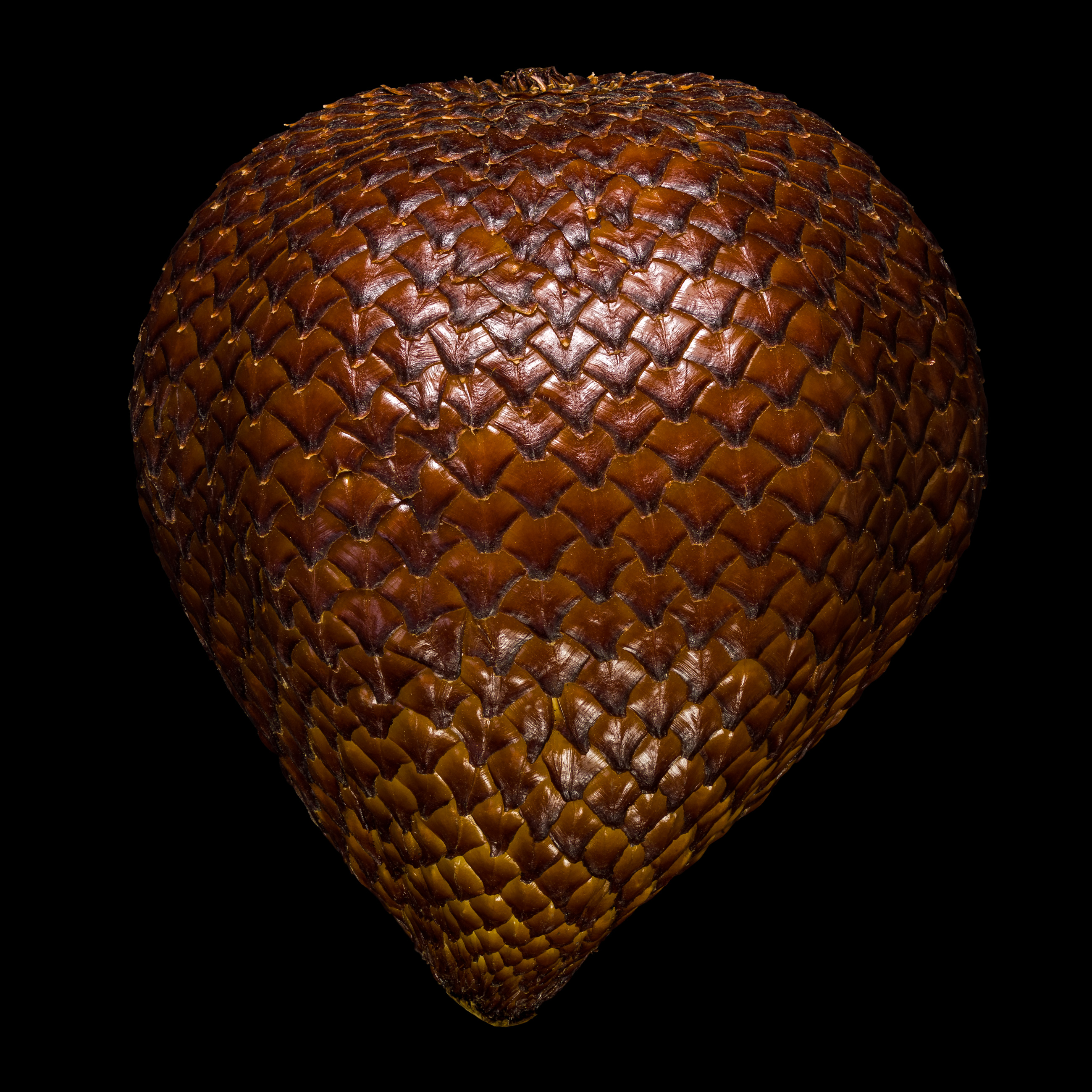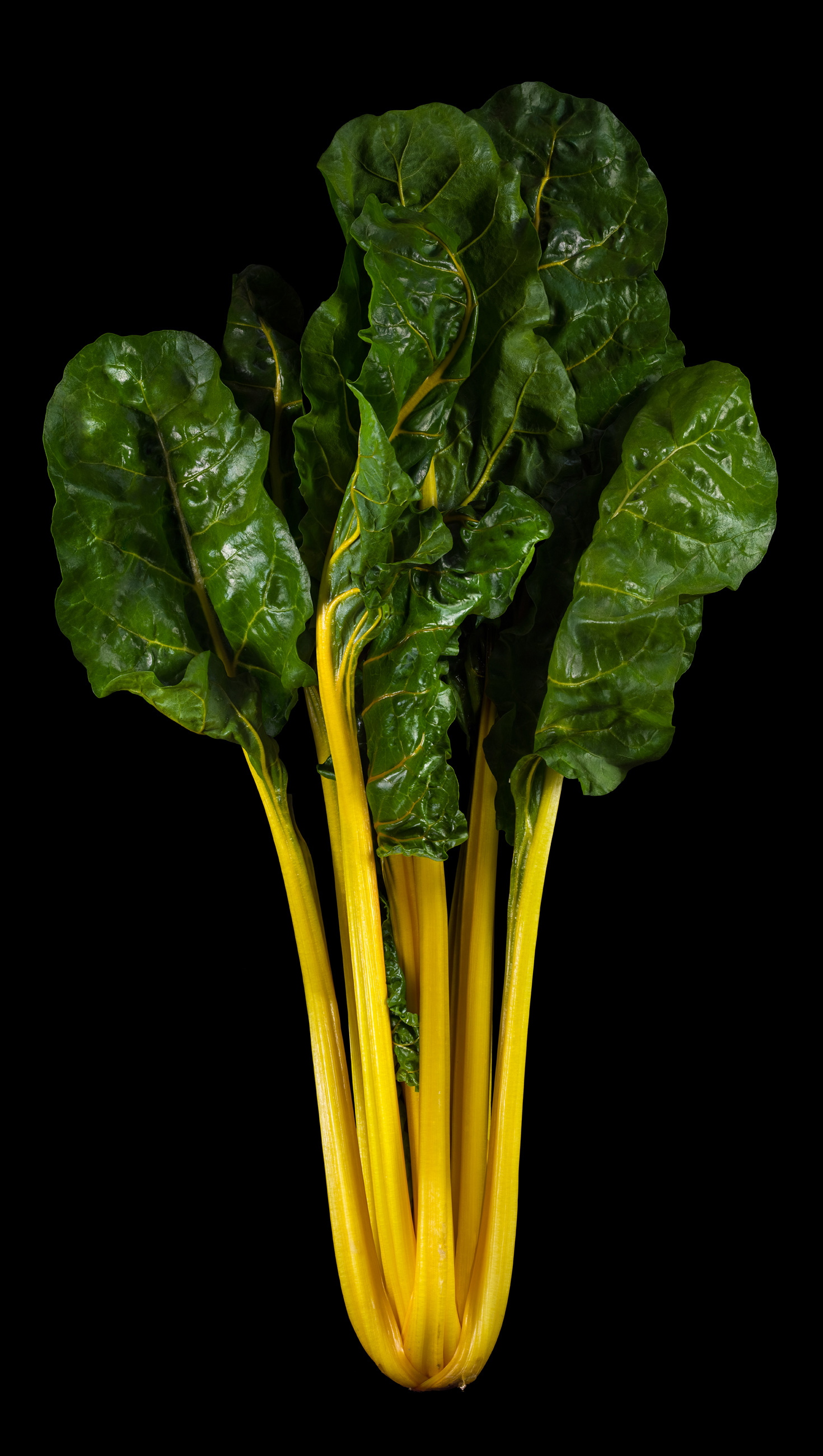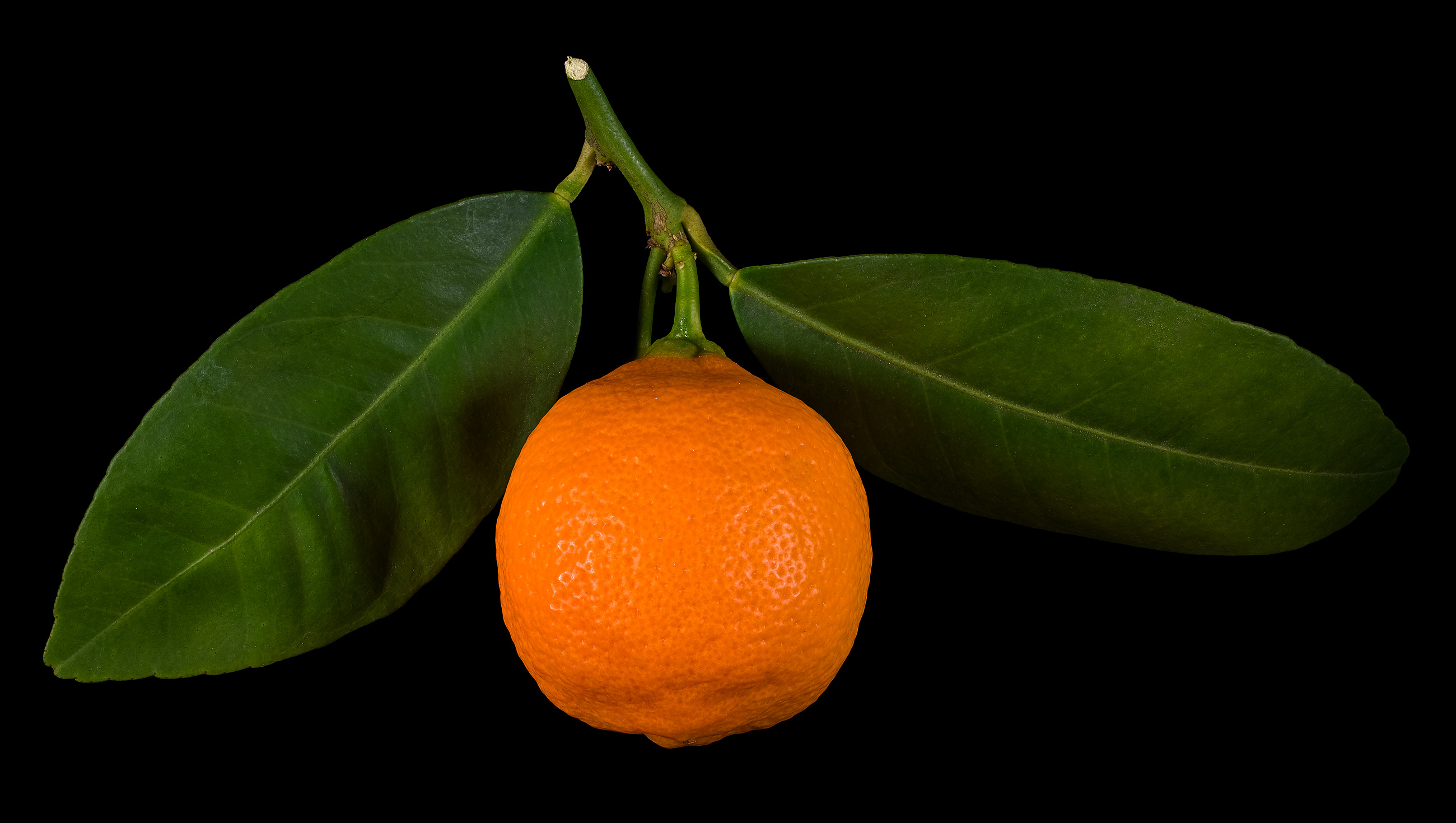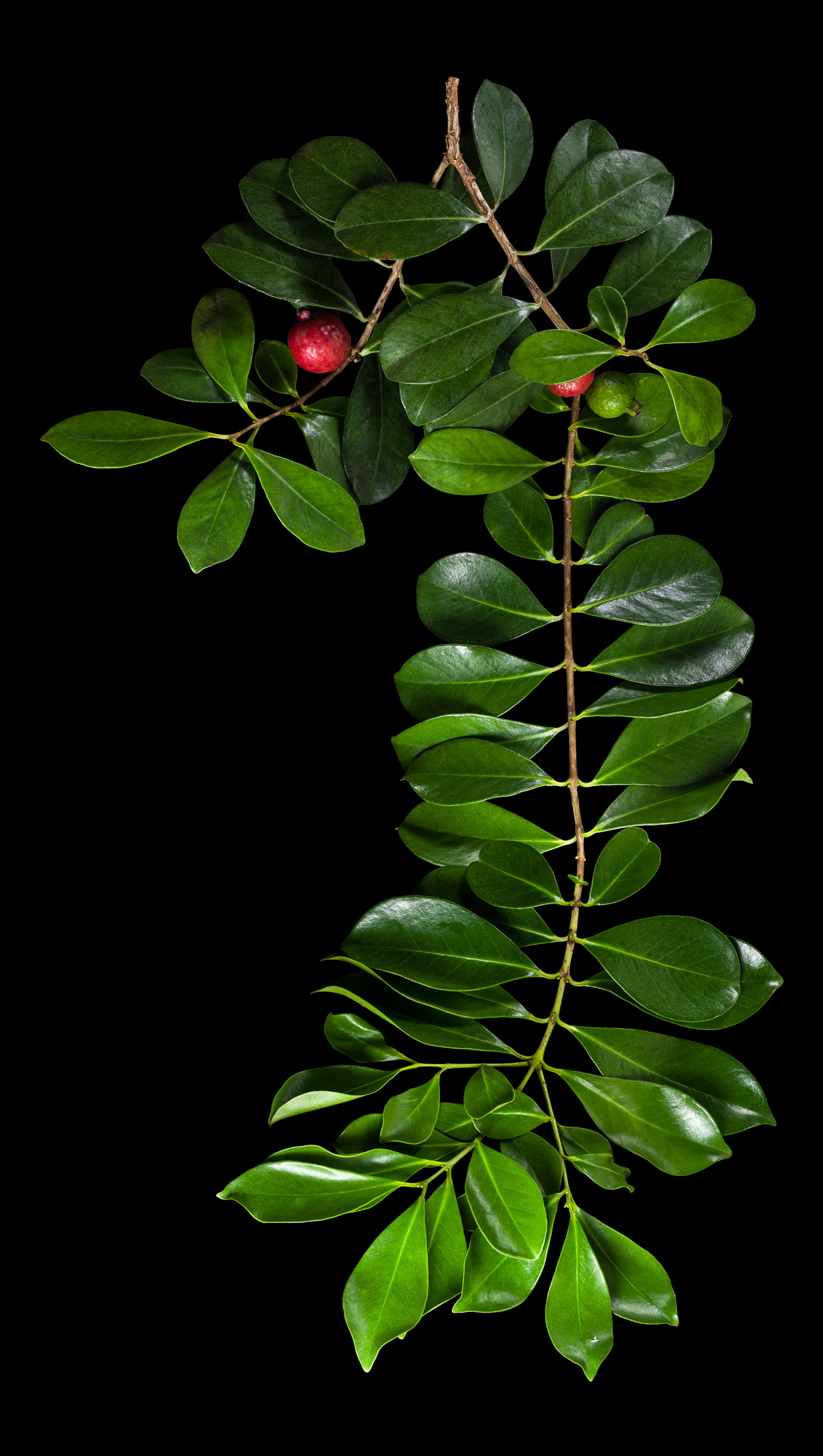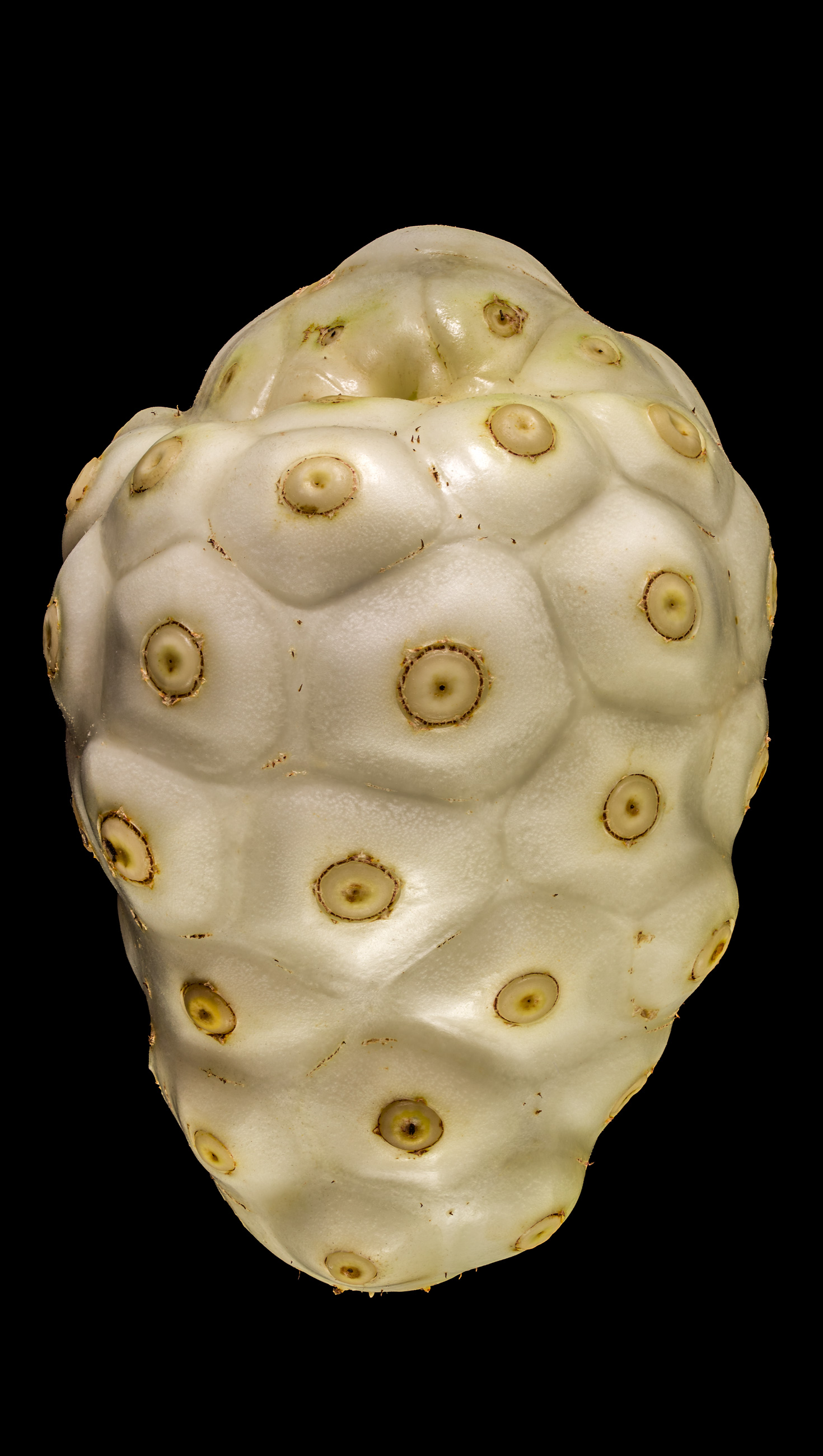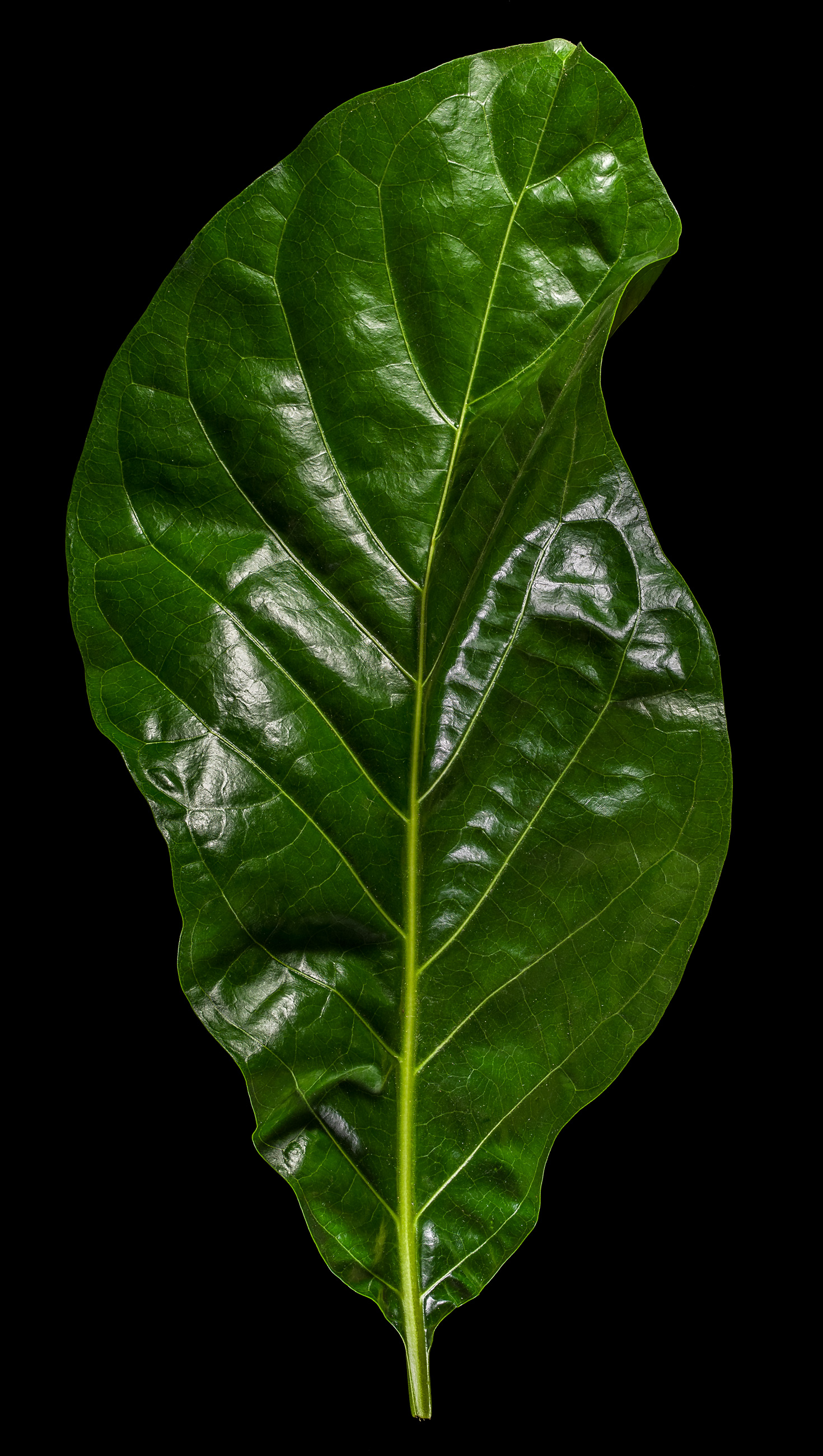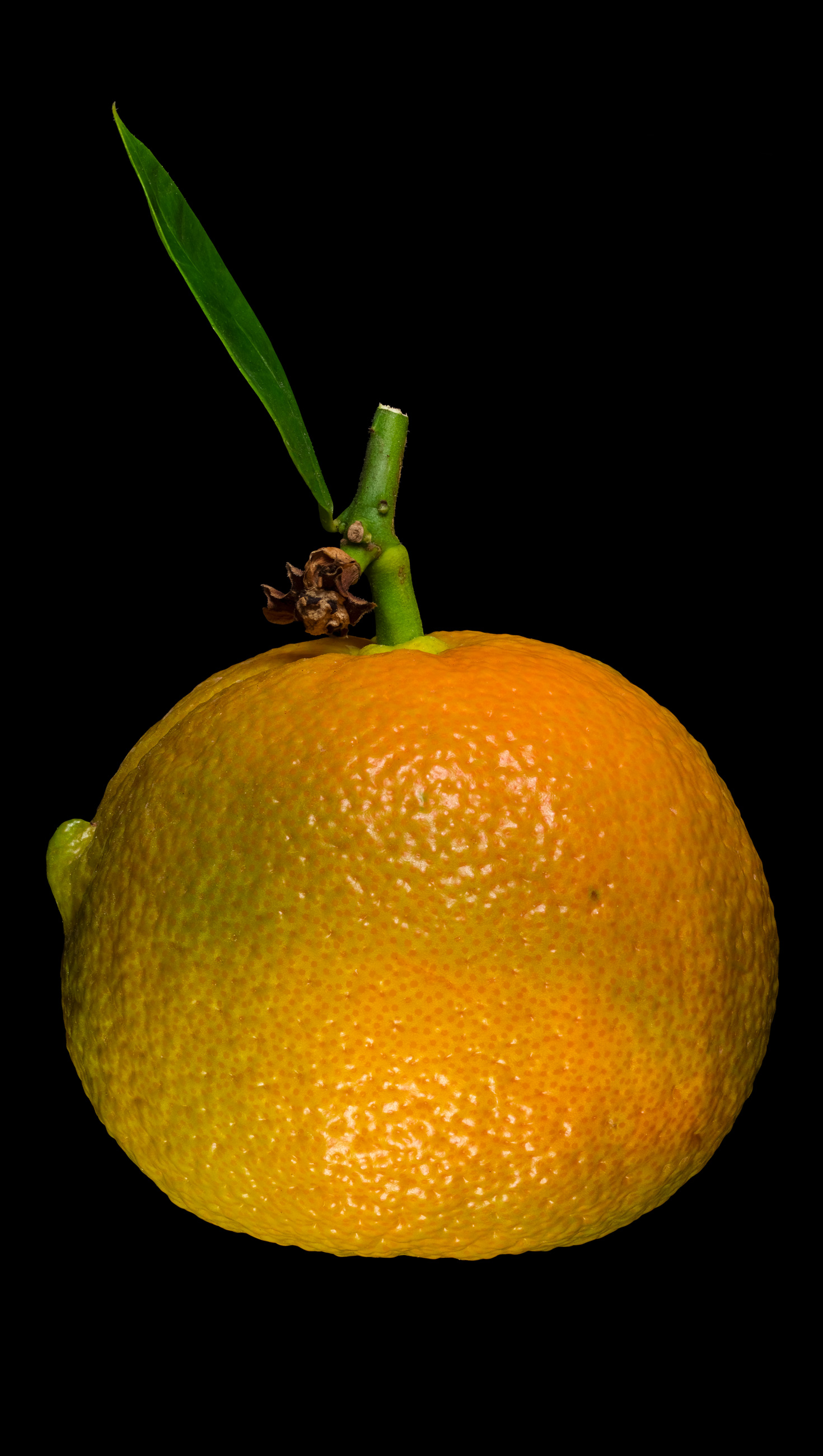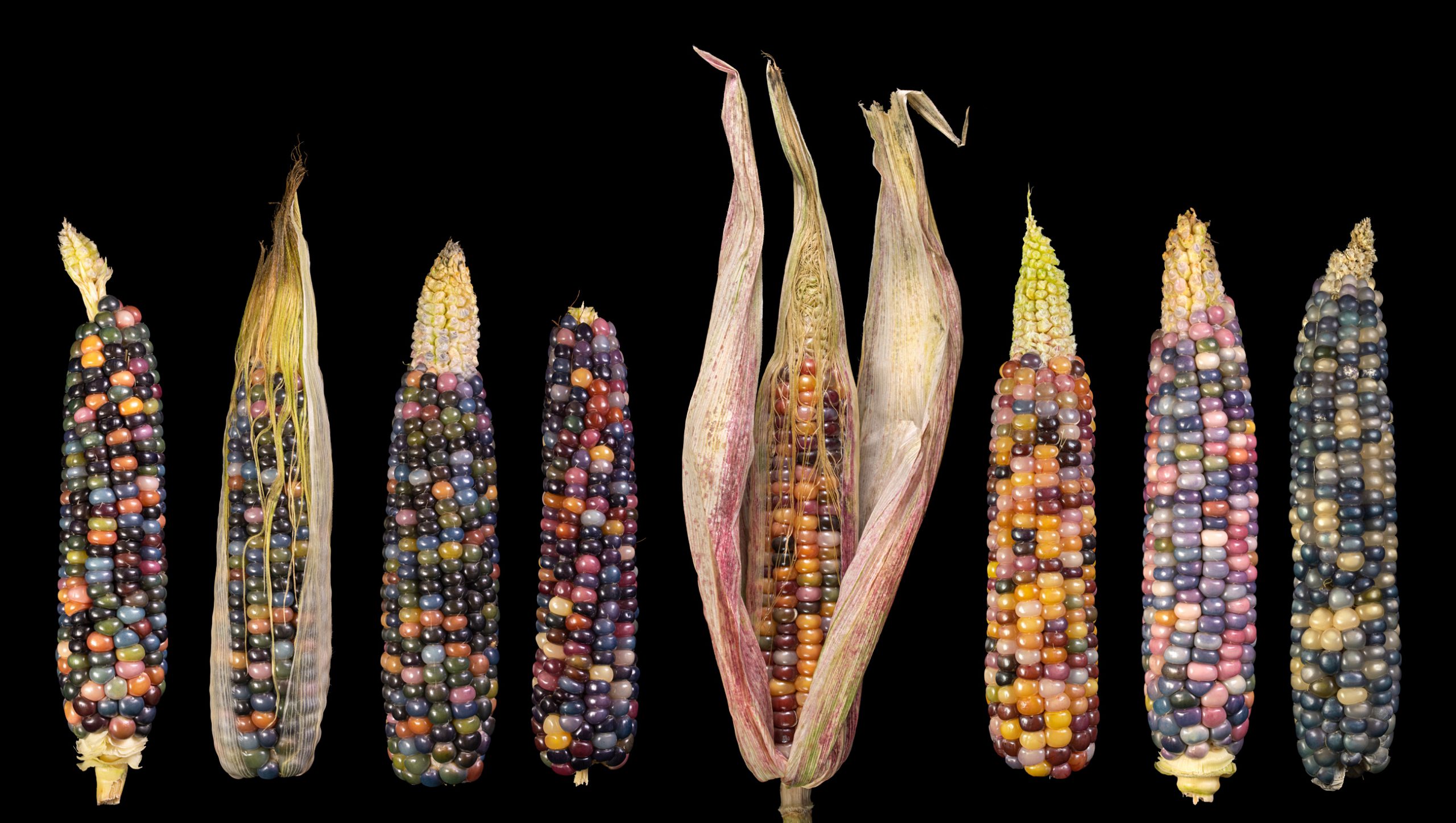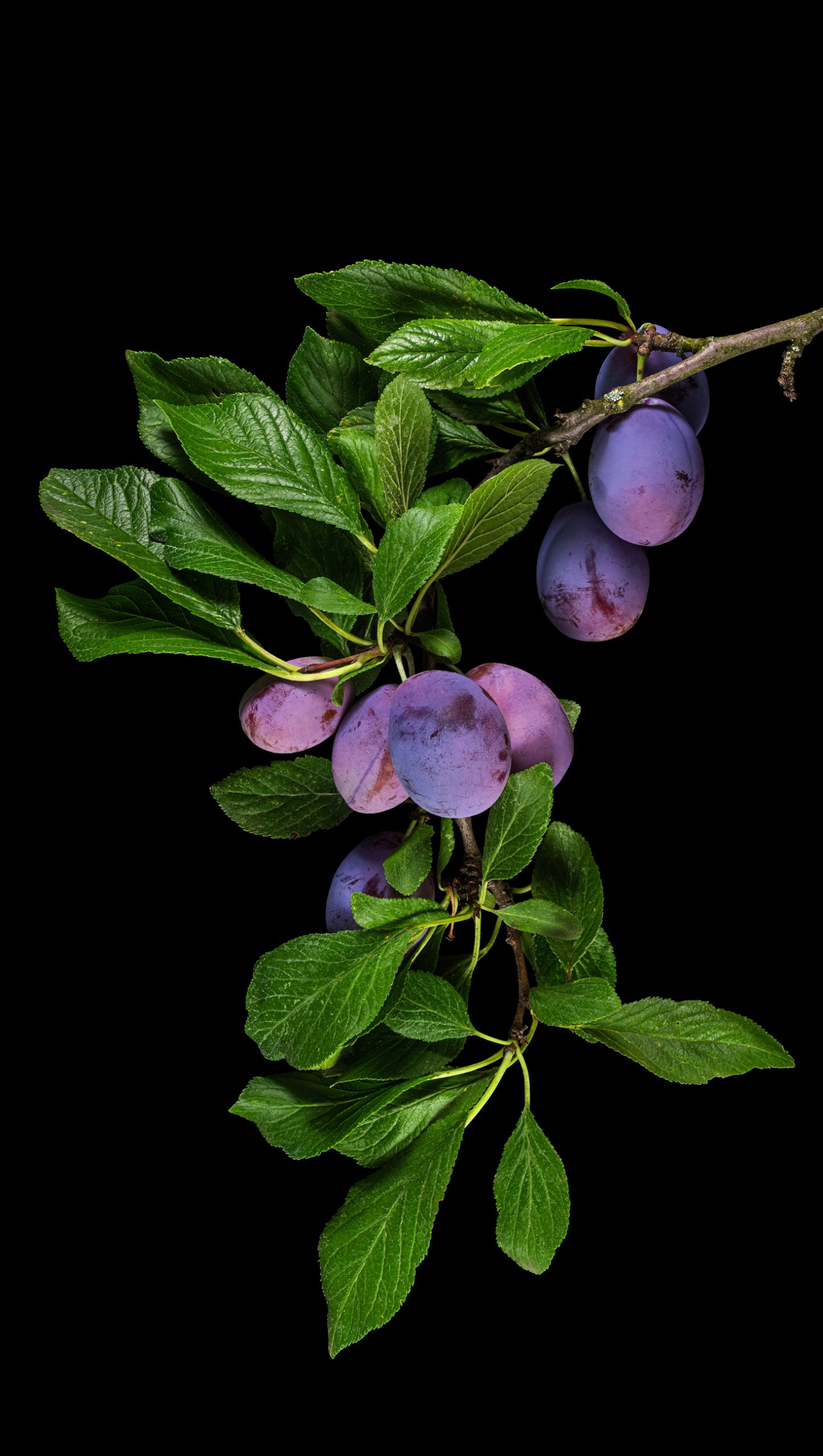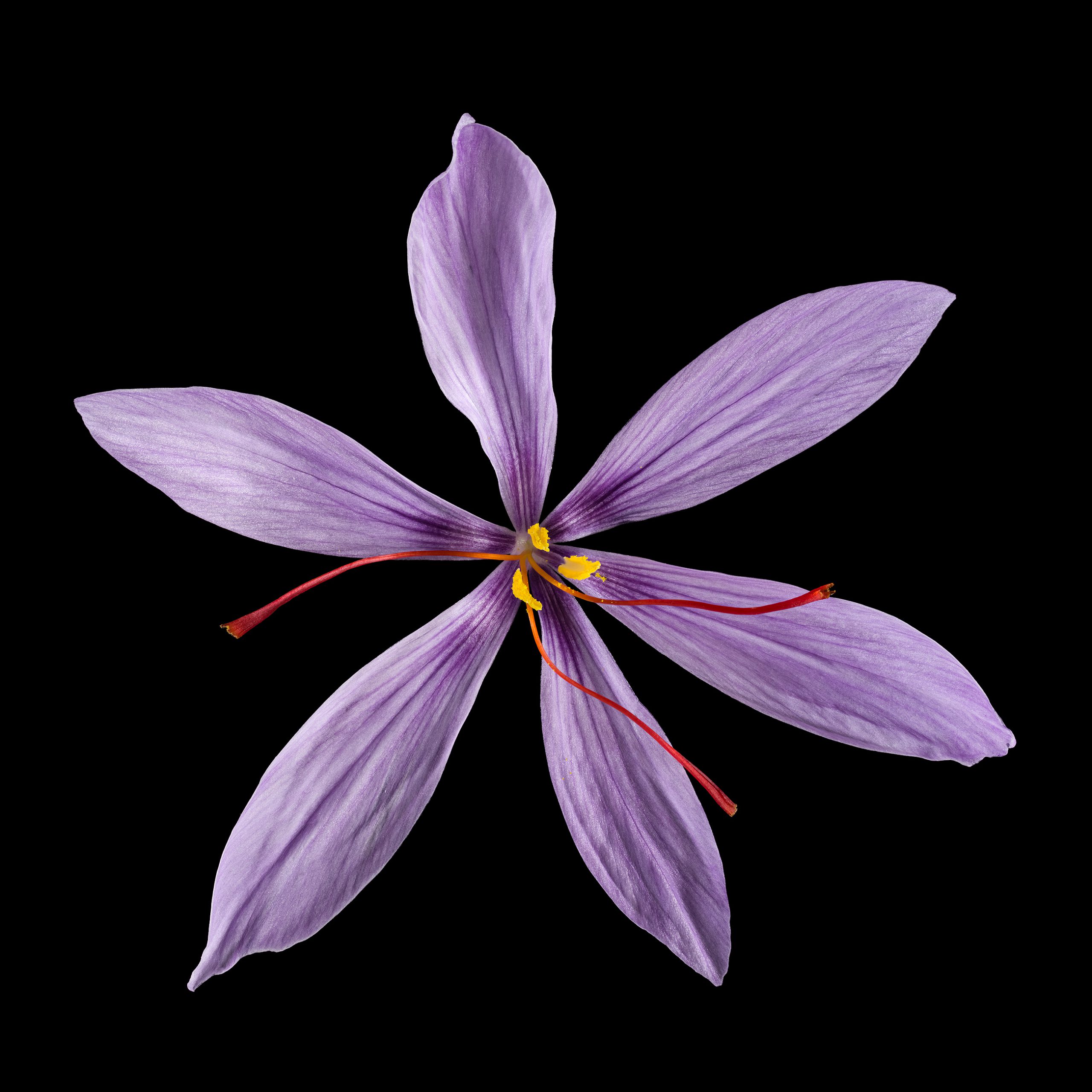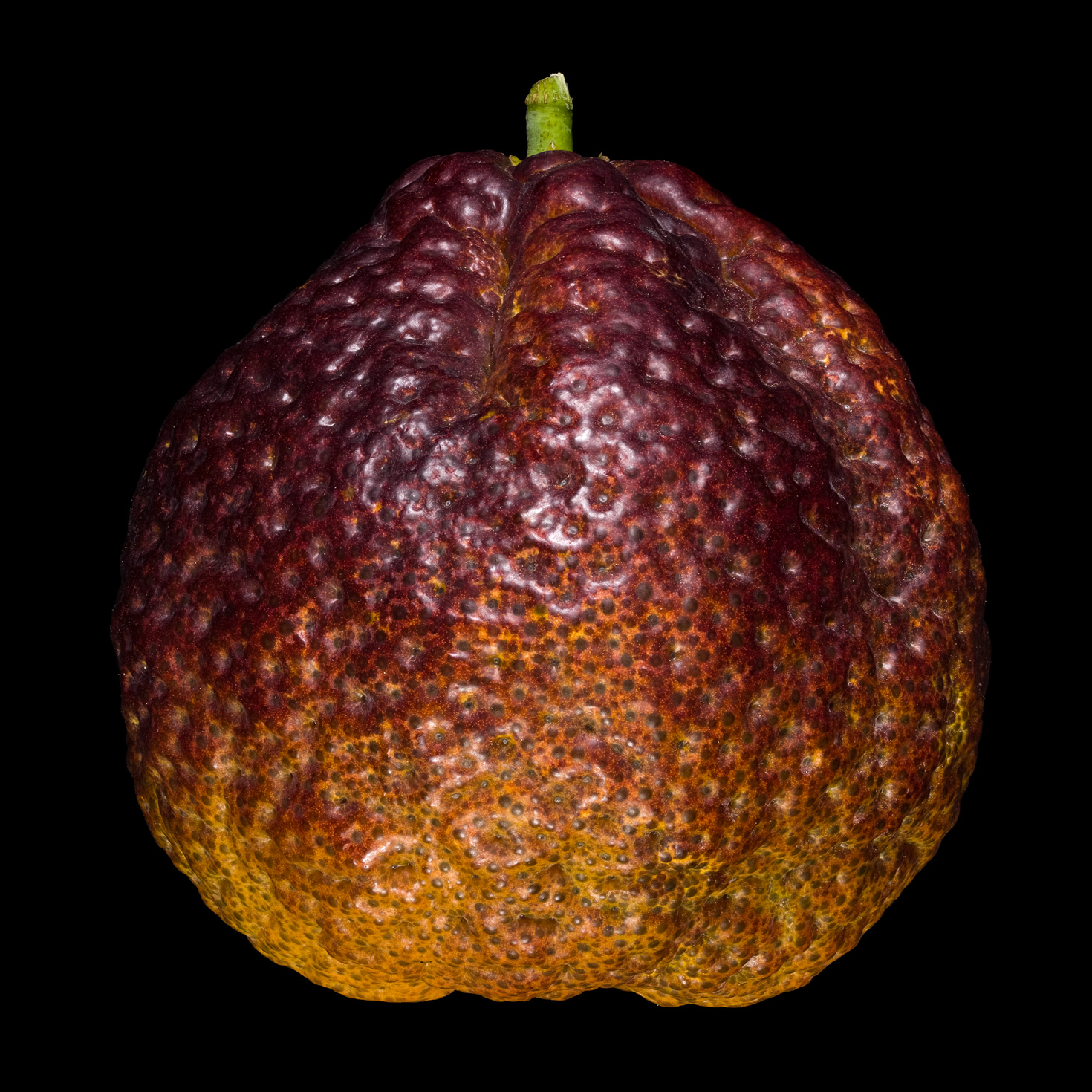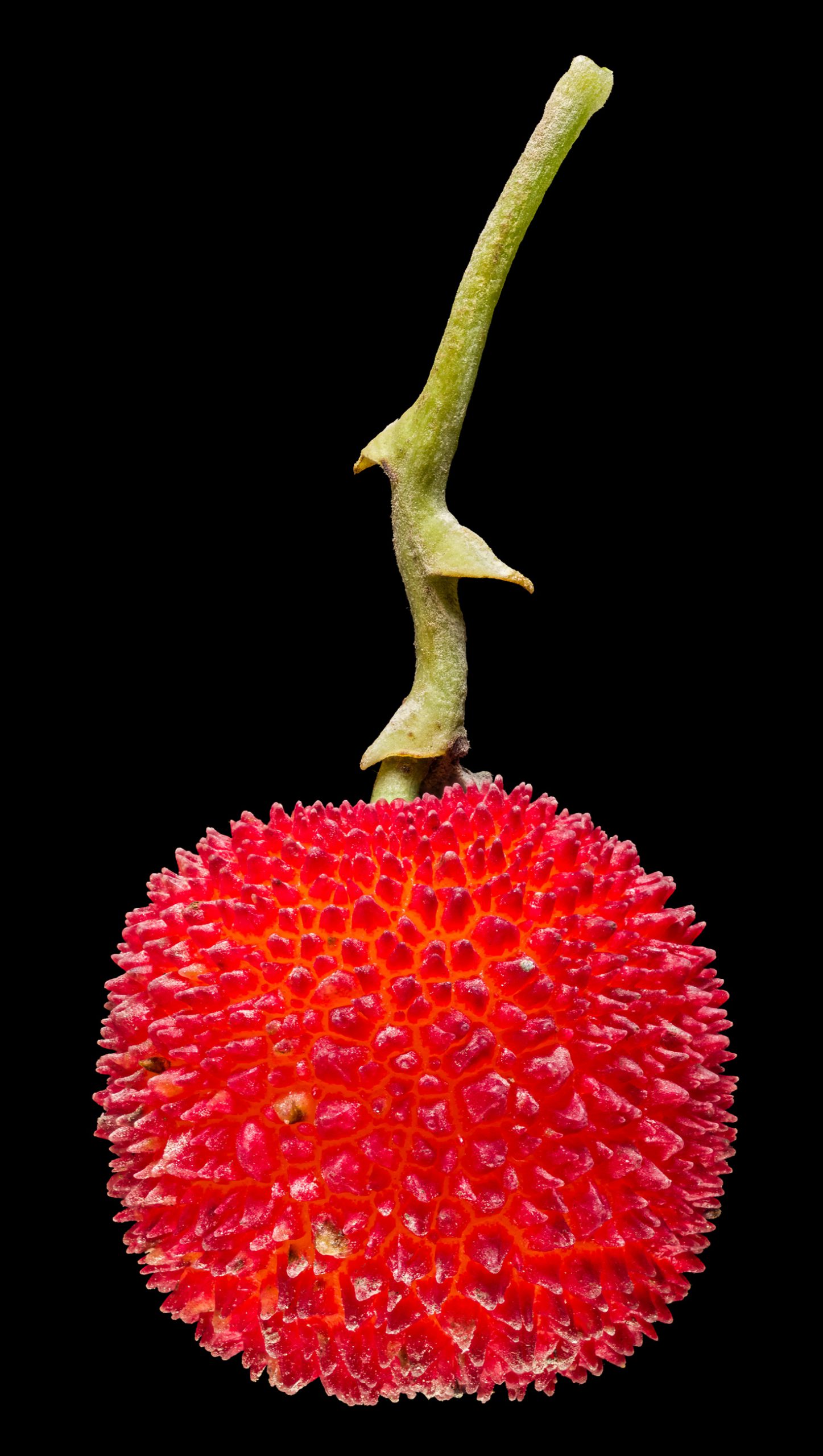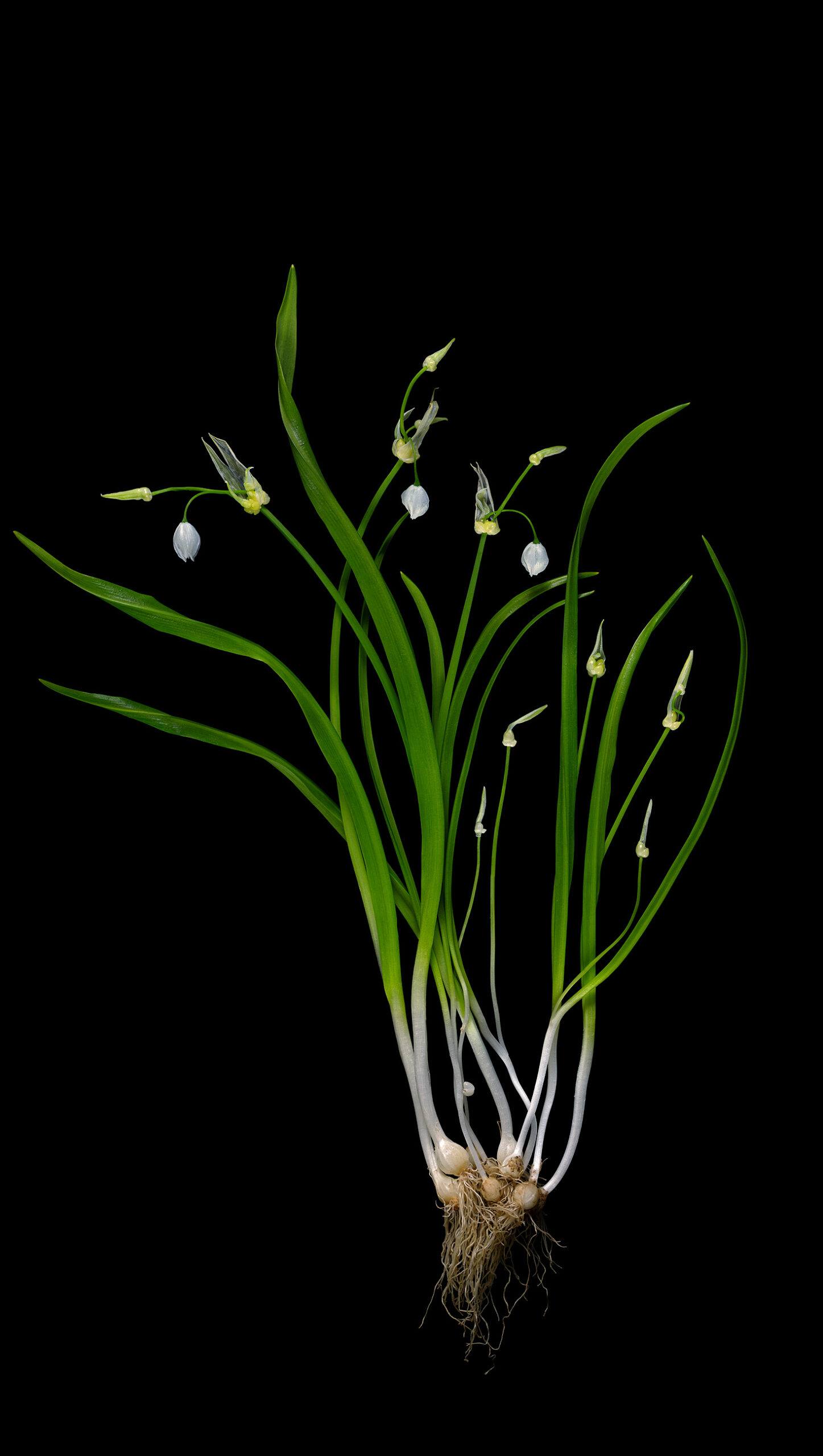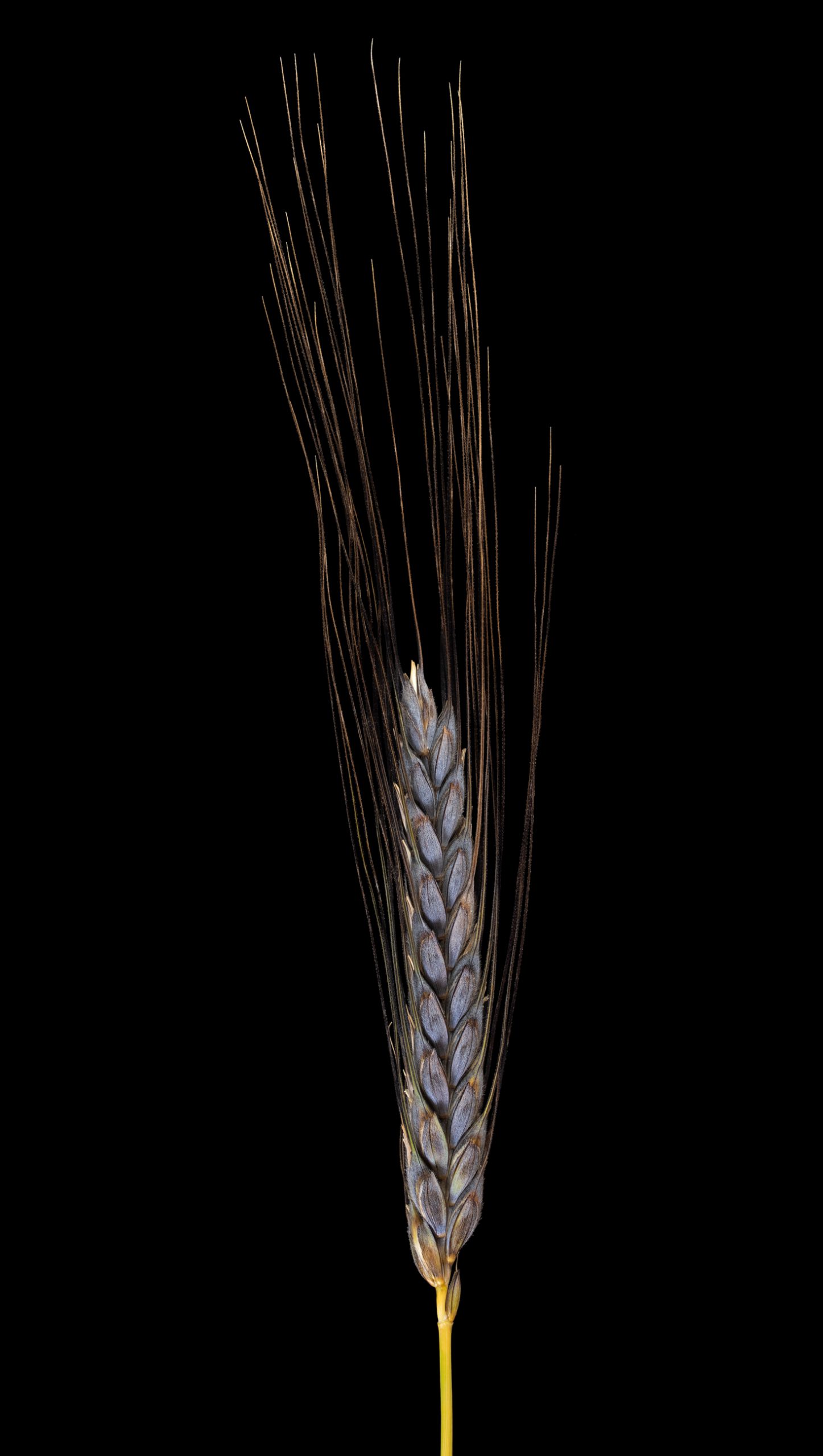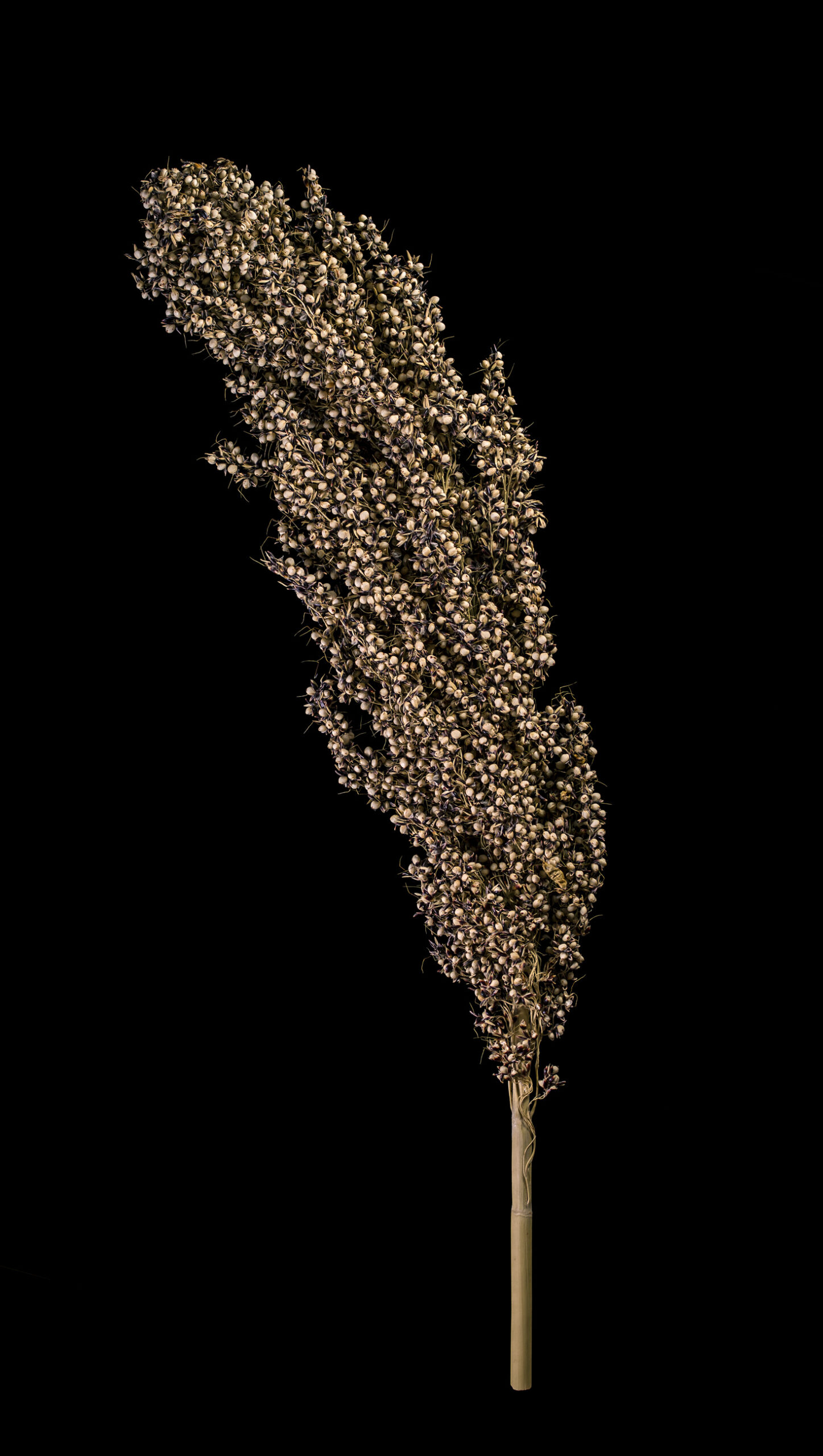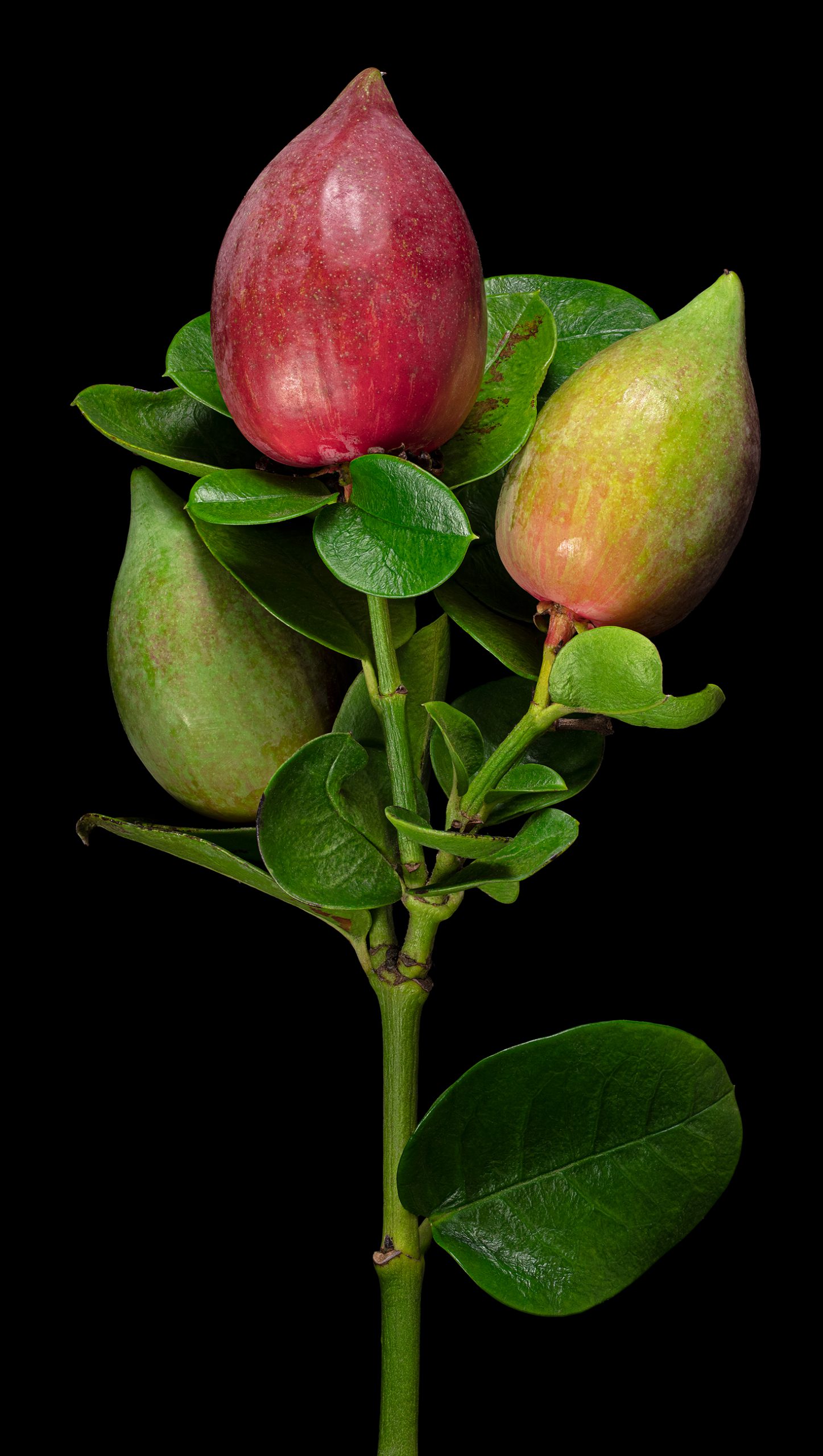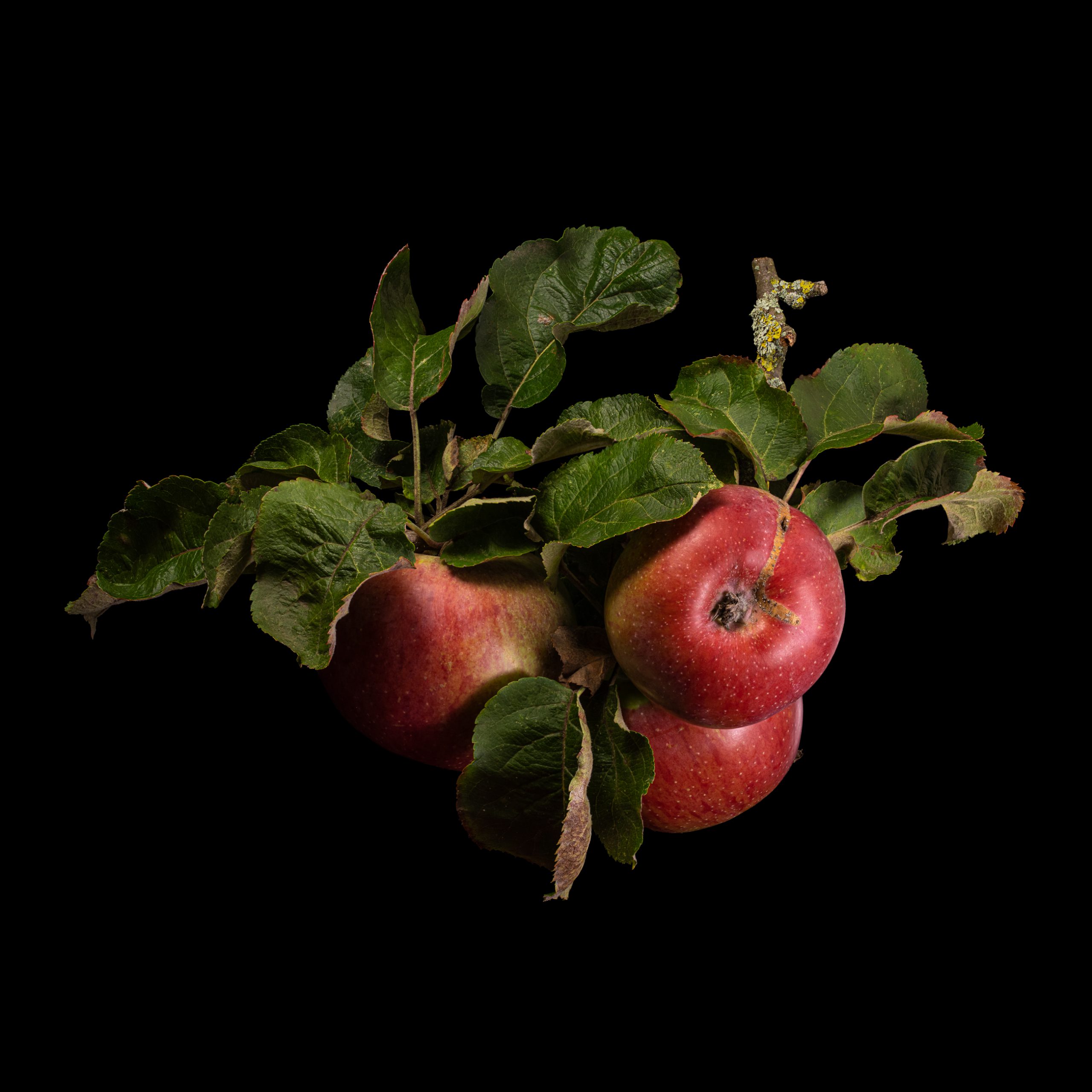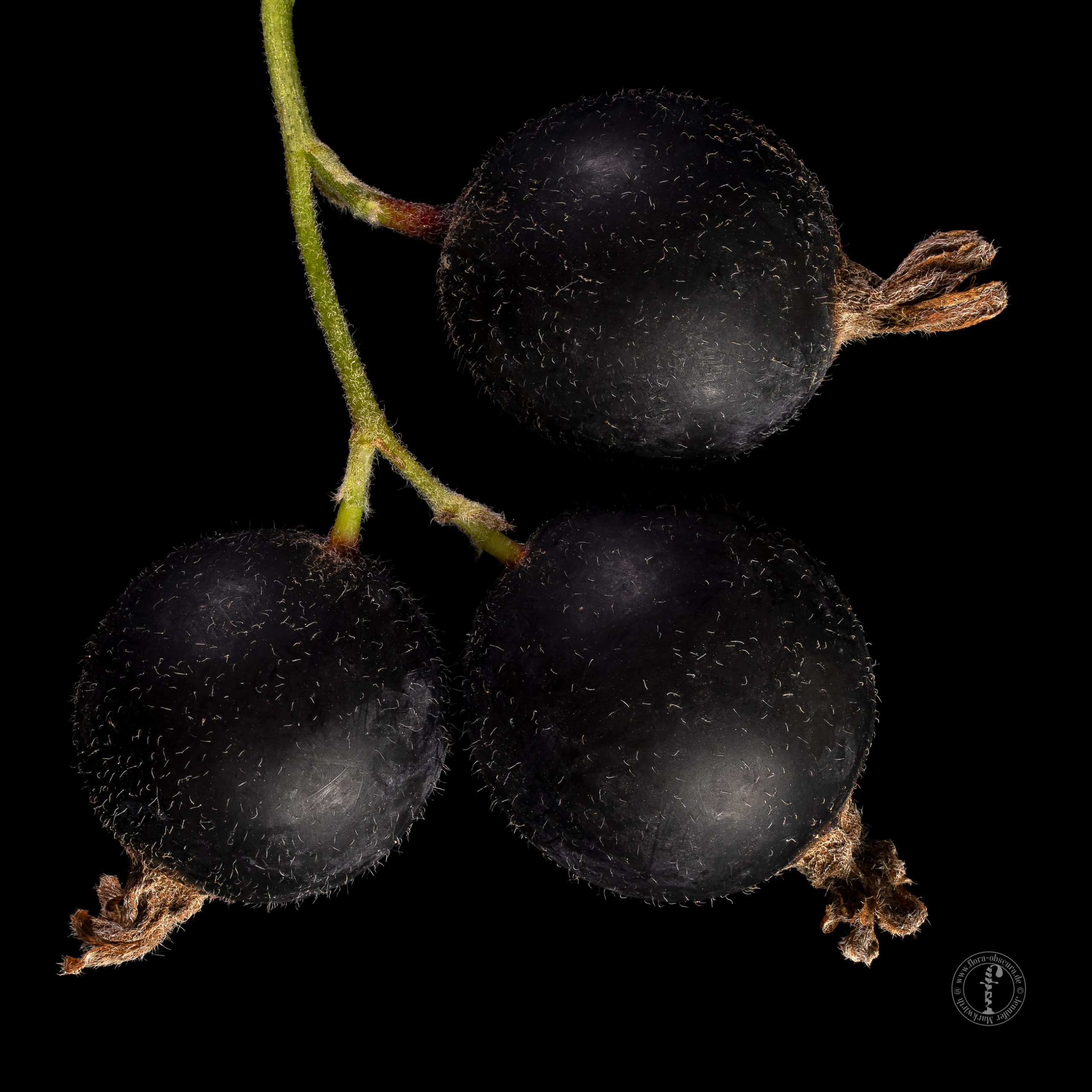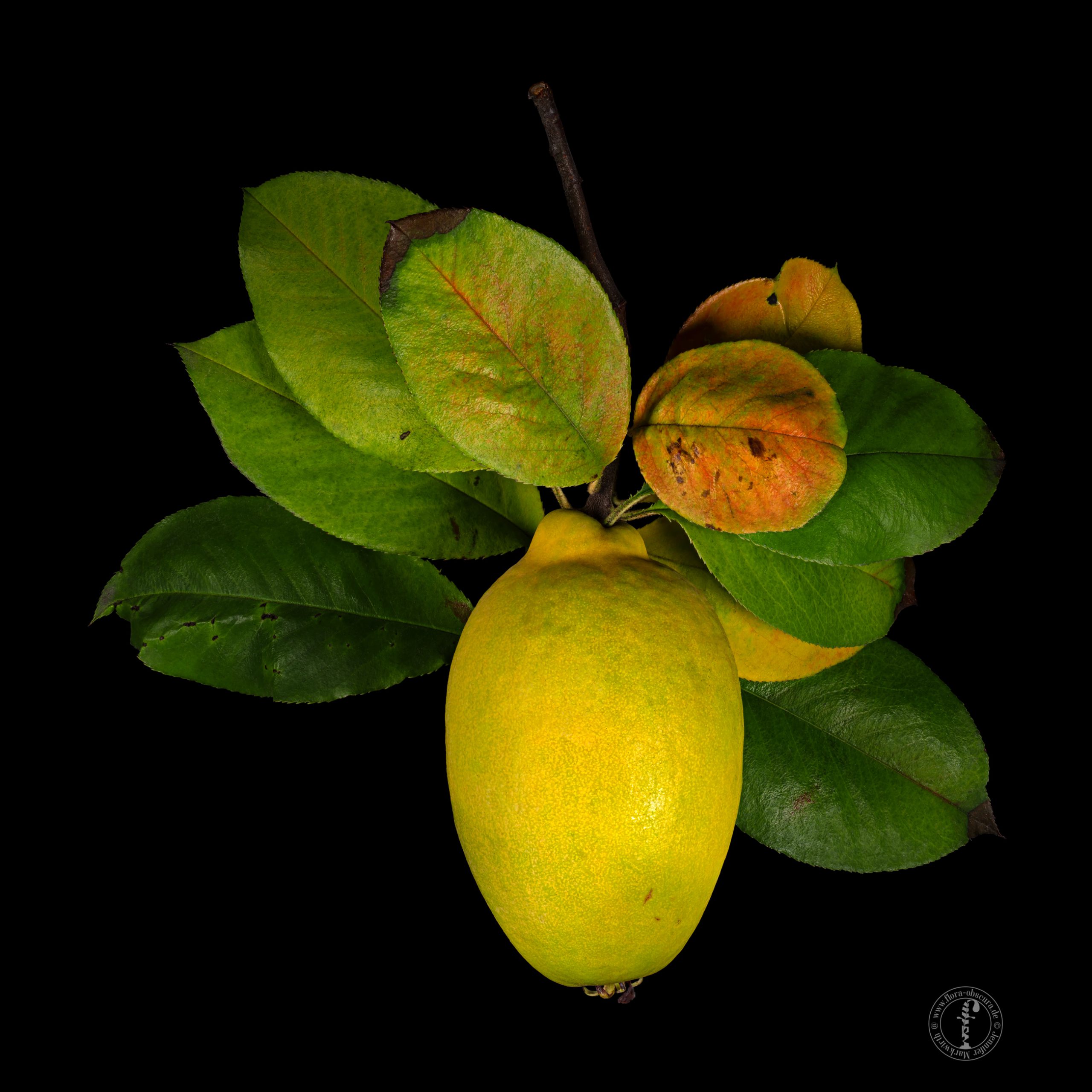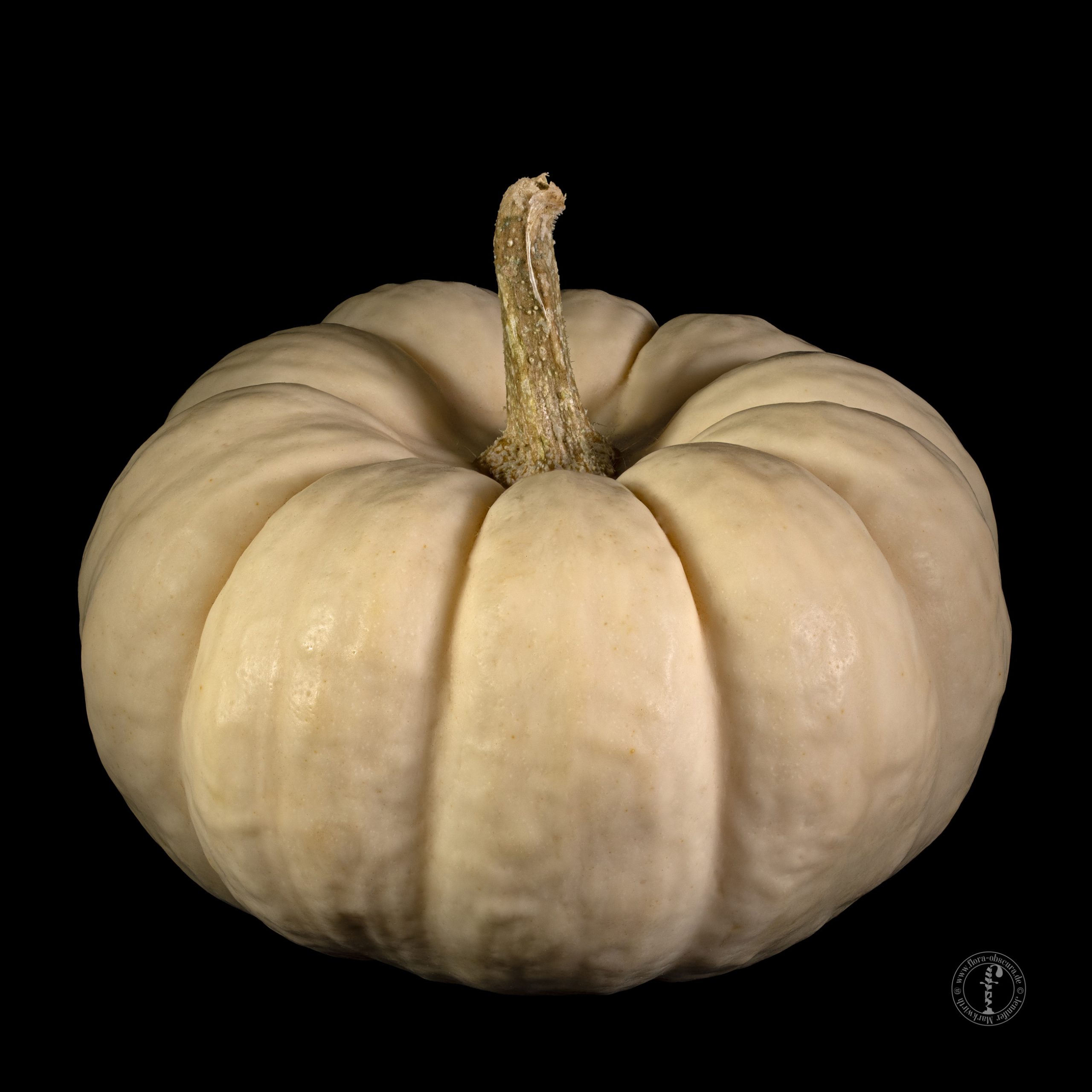Search Results for 2019
Jennifer Markwirth Botanical Fine Art Photographer. Digital Artist. Writer. Inspired by the (ethno-)botanical collections entrusted to her care and supported by the botanical gardens of Frankfurt, Jennifer Markwirth has dedicated herself since 2013 to botanical object photography with the theme
In its consistency and fat content, the safou can best be compared to the avocado, but there is a lemon or lime-like aroma with a fine acidity.
Larch liqueur or larch spirit can be produced from the pink, female flowers of the European larch.
In addition to pepper mixtures, pink pepper berries are sometimes found in chocolate, which gives them a slight pungency and a peppery aroma.
The bulbils are only about 5 mm in size and the onion is edible (stems and leaves are too tough) and taste like chives, often the taste is described similar to garlic and can replace it.
The slightly salty tasting leaves and stems can be eaten raw as salad or cooked, e.g. as spinach or sautéed.
After thorough cooking and rinsing, the flowers are also edible and are served with oil and salt.
Despite its higher juice content, Chinese citron can be used in the kitchen like other varieties of citron, such as succade or jam.
The paper-thin skin hides a very firm, crunchy, yellowish-white flesh, which tastes very good when ripe and has an aroma reminiscent of mango, lychee or (remotely) durian.
The slightly salty tasting leaves and leaf stems can be eaten raw as salad or stewed, cooked as spinach or sautéed.
The cultivar ‚Santa Barbara‘ is orange in colour and has a perfume-like aroma and a slightly soapy taste.
Cattley guava has spherical, red berries that can be eaten fresh or processed into juice, jam and sorbet.
Although the noni not only smells bad but also tastes bitter, the ripe and unripe fruits and seeds are eaten.
Bai-yo or noni leaves are rich in vitamin A and like the fruits they are also offered as superfood in various forms.
The fruits of the horned bitter orange bear one or more conspicuous bulges that can look like horns.
The dried grains can be popped or ground into flour, but flour and popcorn are then no longer so colourful.
If the myrobalan plum is not eaten raw, it can be processed into compote and jam.
Zwetschgen are eaten fresh, processed into zwetschgendatschi tart, schmootsch and as dried fruits.
Saffron, the „red gold“, is a spice extracted from the flowers of the saffron crocus.
As with blood oranges and the red lemon, there are also red pigmented variants of mandarins and clementines.
The round fruits of the Turkmen pear look more like small apples, but the flesh contains the stone cells typical for pears
The berry tastes sweet, hardly sour and has no characteristic aroma.
Few-flowered leek: Allium paradoxum The leek with the bell-shaped flowers Few-flowered leek can grow in a dense, lawn-like stand. It is edible like spring onions, although the "tuber" remains somewhat smaller and the whole plant has a more delicate growth.
The protein (gluten) it contains is not said to have good adhesive properties, but black emmer wheat is nevertheless suitable for baking bread and pastries.
Sorghum is a staple food in parts of Africa (especially West and East Africa) and India.
The fruits of the natal plum, which are red when ripe, have a creamy, soft consistency and taste sweet.
The ‚Anhalter‘ apple variety is classified as a cider apple. It has a high tannin content and is therefore particularly suitable for the production of cider and apple juice.
The black, round berries with white little hairs are best eaten fresh as soft fruit, but they are of course also suitable for making jam, jelly, juice and liqueur.
In their East Asian origin, the fruits are chopped up and drunk as fruit tea, or they are made into canned goods.
The Baby Boo pumpkin is hardly bigger than an apple. The firm skin is white, the firm flesh rather cream-coloured to pale orange.





